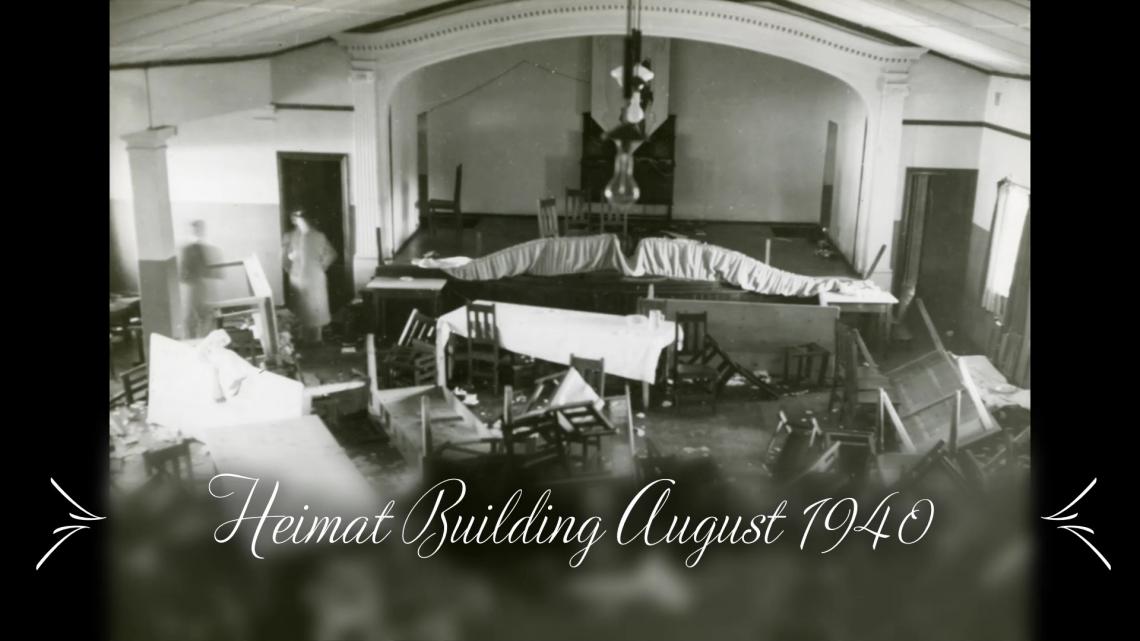Heimat Building (F9)
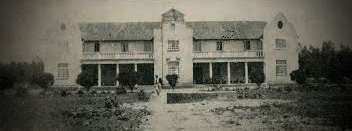
Heimat Building on the Potchefstroom Campus of the NWU
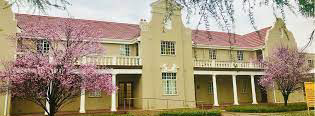
Heimat (early 2000's)
The neo-Cape Dutch building that we know today as Heimat, was the first permanent building on the campus of the Potchefstroom University College (PUC).
It was a residence for male students and was inaugurated at the beginning of 1927. The architect was the well-known Gerard Moerdyk and the builder was C. Jamieson from Florida.
The building could house 50 students. The name, which means "home" in German, was chosen by the first residents.
The Heimat Hall was initially the dining hall of the residence. It had always had a stage with a proscenium (the front arch of the stage from which the curtains hang).
Initially it was used for dinners, concerts and meetings until the Main Building (currently the Faculty of Law) opened in 1930 and all such activities moved there.
Before and during the outbreak of the Second World War, tension ran high between the students of the PUC and the soldiers stationed in Potchefstroom.
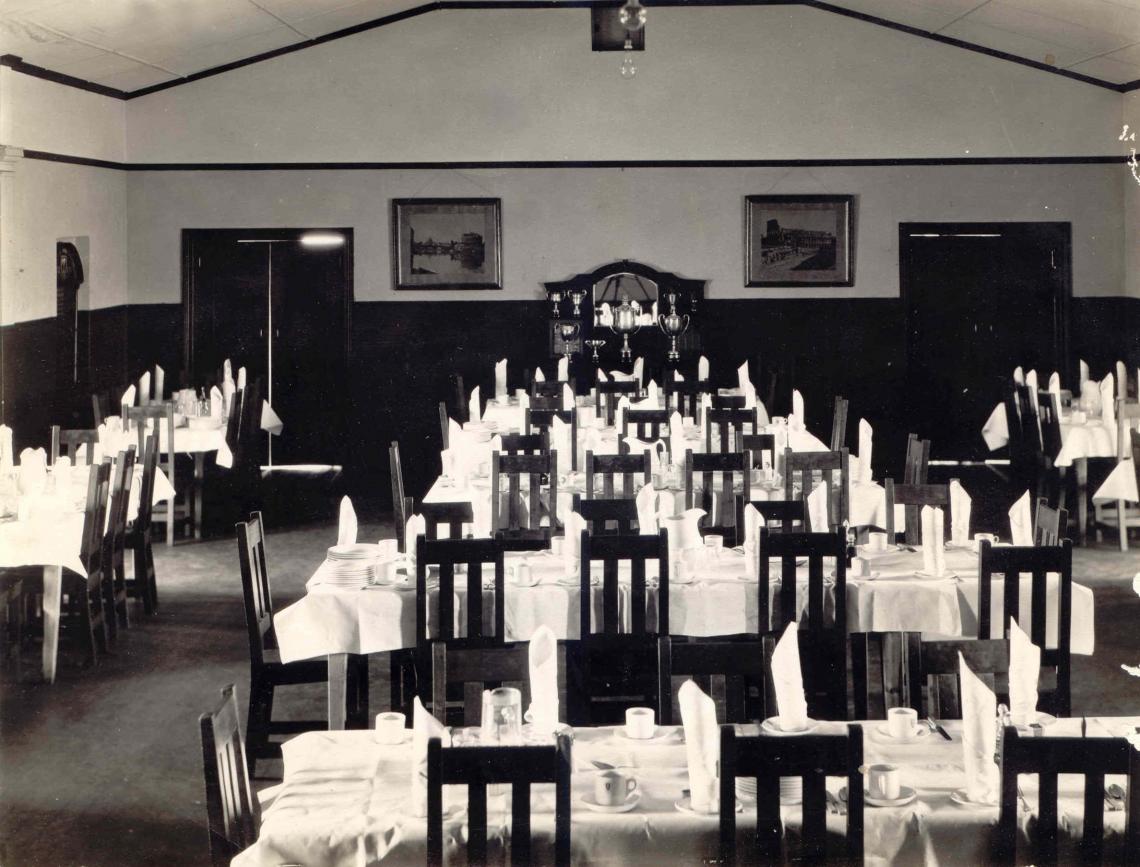
On 7 August 1940, a group of soldiers - armed with pickaxe handles that were filled with lead and had barbed wire wound around it - attacked students in the student hall. A group of soldiers went to Heimat and tried to storm up the stairs, but the students had barricaded the stairs with beds. Some ingenious students had electrified the metal railings of the stairs.
When they could not reach the upper storey, the soldiers focused their violence on the dining hall, where the tables had already been laid for the next morning's breakfast. Tables were overturned, table legs broken off and the crockery was smashed to pieces.
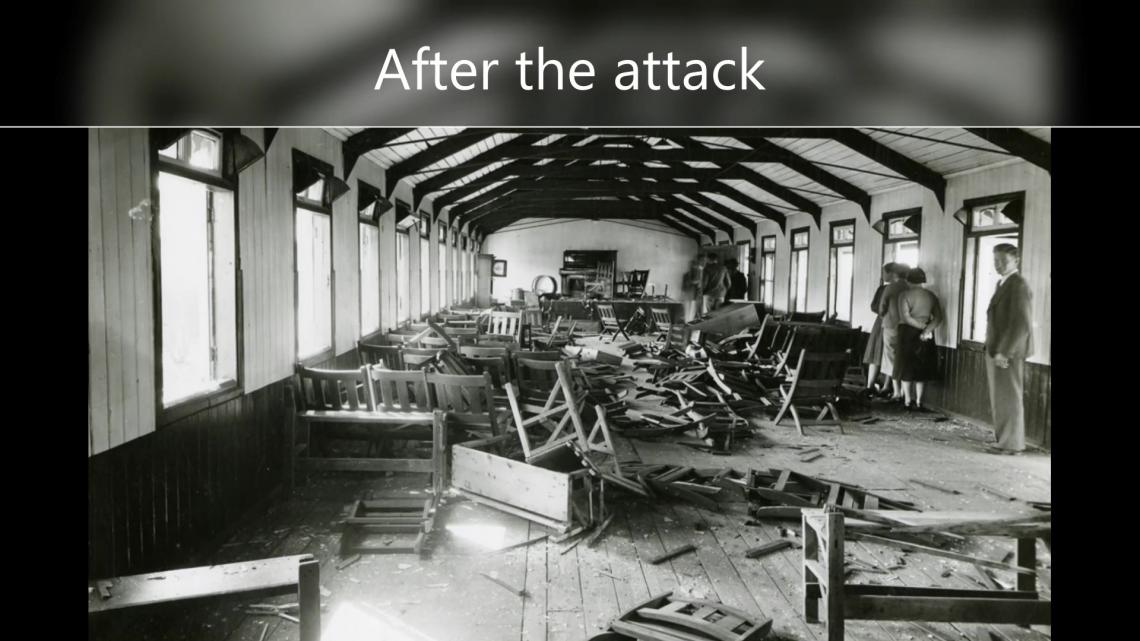
Since the late 1970's, the hall was not used for dining anymore. After the residents moved out of the building, a part of the Heimat building was allocated to the Department of Fine Arts. The hall was then used as a teaching and exhibition space for artworks, while the western wing was occupied by Protection Services.
Heimat was used as a men's residence until 1981, when the residents moved to Patria.
On 11 May 1984, Heimat was declared a National Monument, since it represented such an important milestone in the history of the University.
In 1991, the town residence Heimat was established with its clubhouse still part of the original Heimat complex.
In 1991, the Department of Fine Arts was closed as part of a comprehensive rationalisation process. The building was then used for short periods by the PU Military Unit and as offices for labour unions.
In November 1996, the Department of Culture - predecessor of NWU Arts - moved in and offices were installed for groups such as the Alabama Student Company, the PU Choir, Thalia Theatre Company and the Serenaders.
In 2002, Protection Services moved out and the stage was reopened. Concerts, dinners and exhibitions were again held in the Heimat Hall.
In 2009, the Artéma Recording Studio on the top floor of Heimat was completed.

